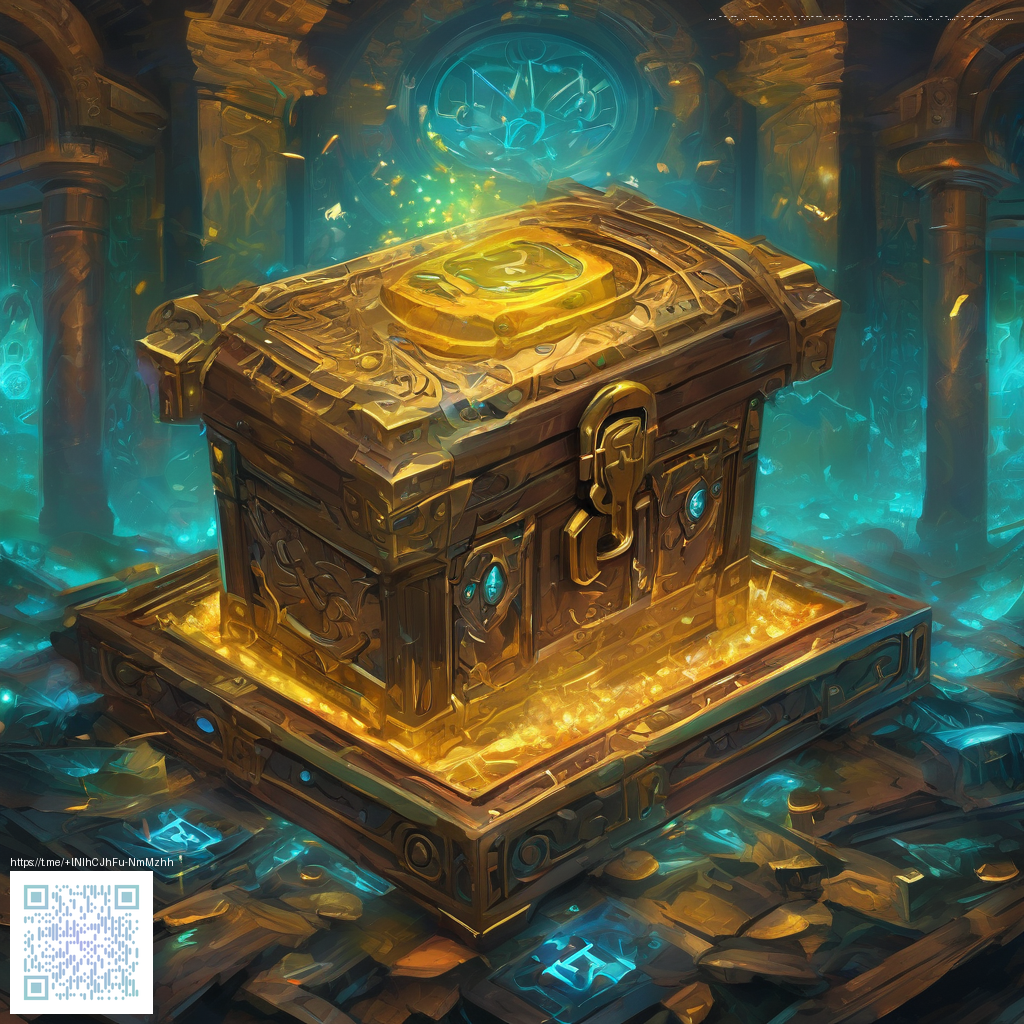Brawlhalla vs Rivals of Aether: Clash of Top Fighters
When you think about indie fighting games that have carved out their own niche, Brawlhalla and Rivals of Aether stand tall side by side. Both titles celebrate accessible, fast-paced combat, but they approach the genre from distinct angles. If you’re weighing which to invest your time in, it helps to look beyond flashy combos and into the design philosophy, roster balance, and community energy that each game nurtures. This clash isn’t just about who has the flashier moves; it’s about how each game teaches players to read the stage, time recovery, and adapt to an evolving meta.
Design philosophies: accessibility meets depth
Rivals of Aether leans into a grounded, elemental aesthetic where each character embodies a natural force. The game rewards players who study terrain, spacing, and timing, creating a learning curve that feels organic rather than overly punitive. Brawlhalla, by contrast, emphasizes a broad roster and a heightened sense of spectacle. Its blend of weapons, multi-hit combos, and strategic edge-guarding offers a signature sense of momentum that’s instantly recognizable in casual lightspeed matches and high-stakes tournaments alike. For newcomers, Rivals of Aether can feel more approachable because the core systems stay tight and predictable; Brawlhalla scratches the itch for adrenaline with its expansive toolkit and constant flow of new content.
Roster, balance, and the metagame
- Roster variety: Rivals of Aether builds around elemental affinities and a compact cast, encouraging specialized playstyles that shine in specific matchups. Brawlhalla boasts a much larger roster, which means a wider spectrum of strategies and more opportunities for surprise counterplays.
- Balance philosophy: Rivals tends to favor precise spacing and punishments, where a single misstep can become a turning point. Brawlhalla rewards adaptation and creative off-stage pressure, with weapon pickups and movement options that keep momentum in constant flux.
- Meta pacing: In Rivals, you’ll see tight, textbook duels where fundamentals often trump flash, while Brawlhalla’s metagame invites experimentation, with players uncovering new corner setups and stage control routines over time.
“The beauty of both games lies in their community-driven growth. Rivals of Aether teaches you to respect the floor, while Brawlhalla teaches you to respect the clock.”
Community, tournaments, and how you’ll learn
Both titles boast vibrant communities, but they foster growth differently. Rivals of Aether tends to reward patient, knowledge-driven play—watching matchup guides, studying frame data, and practicing precise punishments. Brawlhalla thrives on rapid iteration: new characters, new stages, and a steady stream of events keep players engaged and always testing new ideas in the lab and on the ladder. If you value a steady tempo and a clear path to improvement, Rivals provides a structured learning arc. If you crave variety and a constant supply of fresh tactics, Brawlhalla keeps you moving and improvising.
For players who travel with gear to practice and compete, staying organized with lightweight accessories can make a difference. The Neon Slim Phone Case — Ultra-Thin Glossy Lexan PC is a practical companion for tournament weekends or casual night sessions, ensuring your device stays protected without weighing you down. You can explore this option at the product page for a quick update to your on-the-go setup. For additional context and related resources, the source page at the following URL offers further insights: https://opal-images.zero-static.xyz/35418f4c.html.
Ultimately, your choice between Brawlhalla and Rivals of Aether may hinge on how you prefer to learn and compete. If you enjoy a broad playground with evolving content and flashy, high-energy moments, Brawlhalla is a natural fit. If you prefer a focused, methodical approach that emphasizes learning from each matchup and mastering fundamentals, Rivals of Aether provides a clear, satisfying path.
Practical tips for newcomers:
- Start with the tutorial and a few practice sessions in training mode to map your preferred characters’ mobility and edge-guarding options.
- Pick one or two characters to master deeply before expanding your roster; depth over breadth pays off in ranked play.
- Engage with community resources—matchup guides, frame data analyses, and replay reviews—to shortcut your learning curve.
As you dive into either arena, keep your gear smart and lightweight, so you can focus on the game. The right accessories can enhance your play experience, whether you’re grinding offline with friends or streaming for a larger audience.
Similar Content
Visit the related page: https://opal-images.zero-static.xyz/35418f4c.html
